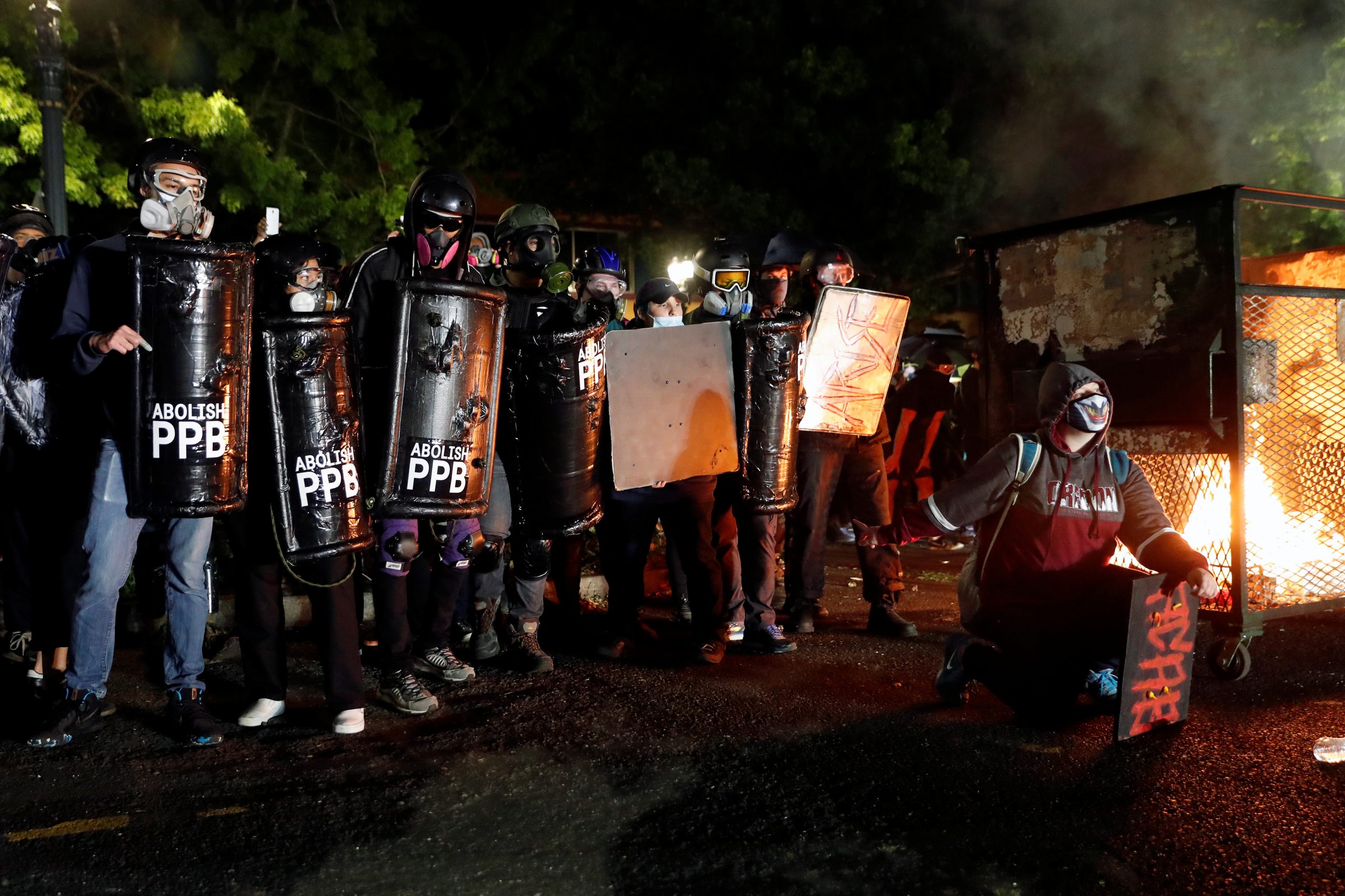While there were news reports about the summer protests that escalated to violence, rioting, and looting, more than 90% of summer protests were considered nonviolent and peaceful, per a recent report.
The non-profit organization Armed Conflict Location and Event Data Project compiled a full report on the number of protests conducted over the summer in comparison to the number of incidents that escalated to violence, according to The Washington Post report, published on Thursday.
The analysis revealed approximately 7,750 protests were held between May 26 and Aug. 22 at 2,400 locations across the United States. Out of those 7,750 protests, 220 escalated to violence classified as altercations consisting of “demonstrators clashing with police or counter-protesters or causing property damage,” per the publication.
The report also indicated that the violent protests “largely confined to specific blocks, rather than dispersed throughout the city.”
Researchers also determined that approximately 10% of Black Lives Matter protests, law enforcement officers responded with force using items such as batons, pepper spray, and/or rubber bullets.
“The heavy-handed police response appears to have inflamed tensions and increased the risk of violent escalation,” the report states, according to the publication.
The report also indicated, “The escalating use of force against demonstrators comes amid a wider push to militarize the government’s response to domestic unrest, and particularly demonstrations perceived to be linked to left-wing groups like Antifa, which the administration views as a ‘terrorist’ organization.”
The researchers credited for compiling the analysis also warned of “violent political polarization” if complications arise with the general election in November.
According to the researchers, protests over racial injustice and police brutality could likely devolve into political unrest.
“In this hyper-polarized environment, state forces are taking a more heavy-handed approach to dissent, non-state actors are becoming more active and assertive, and counter-demonstrators are looking to resolve their political disputes in the street,” the authors wrote.
They added, “Without significant mitigation efforts, these risks will continue to intensify in the lead-up to the vote, threatening to boil over in November if election results are delayed, inconclusive, or rejected as fraudulent.”

























 Continue with Google
Continue with Google